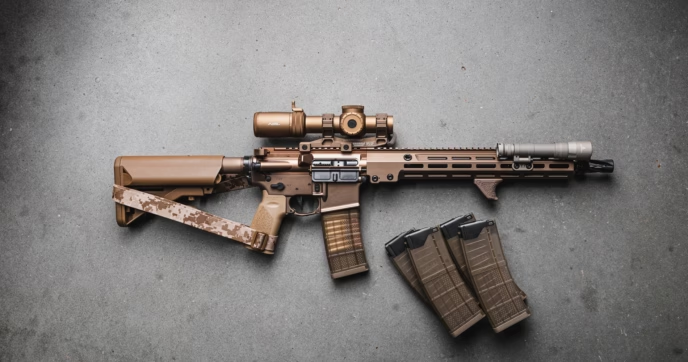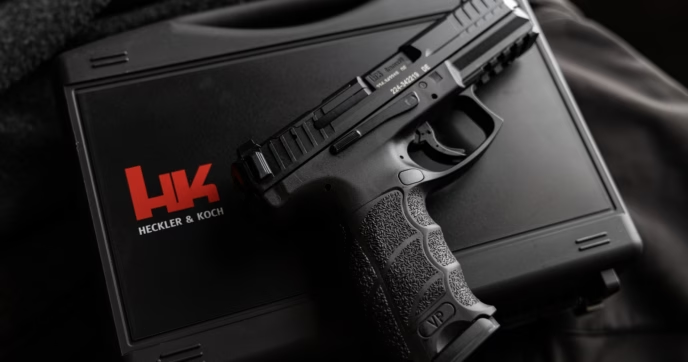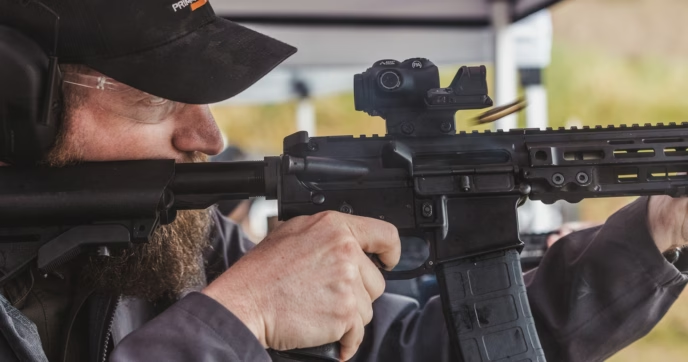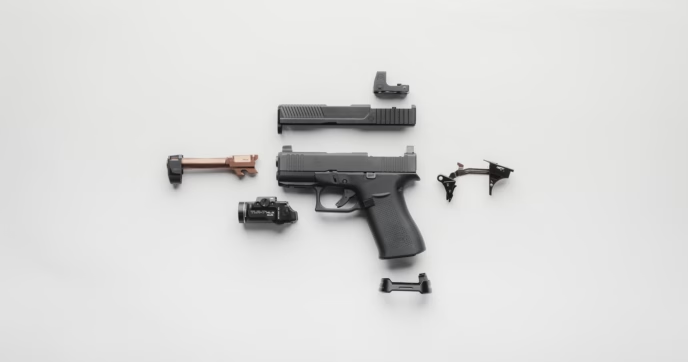It’s hard to overstate the value of a good .22 rifle. For many of us, a rimfire rifle was our first introduction to the world of marksmanship, whether through a dedicated training rifle or someone’s old squirrel gun.
That’s the versatility of a .22—they can be training guns, plinkers, hunting rifles, competition rigs. They range in price from bargain bin to ultra-premium, can be sized down for even the most petite of users, offer virtually non-existent recoil, and operate for mere pennies a shot. That’s a hard package to beat.
If you’re going to invest in one rifle to handle all of that, though, you want to be sure you’re getting the very best.
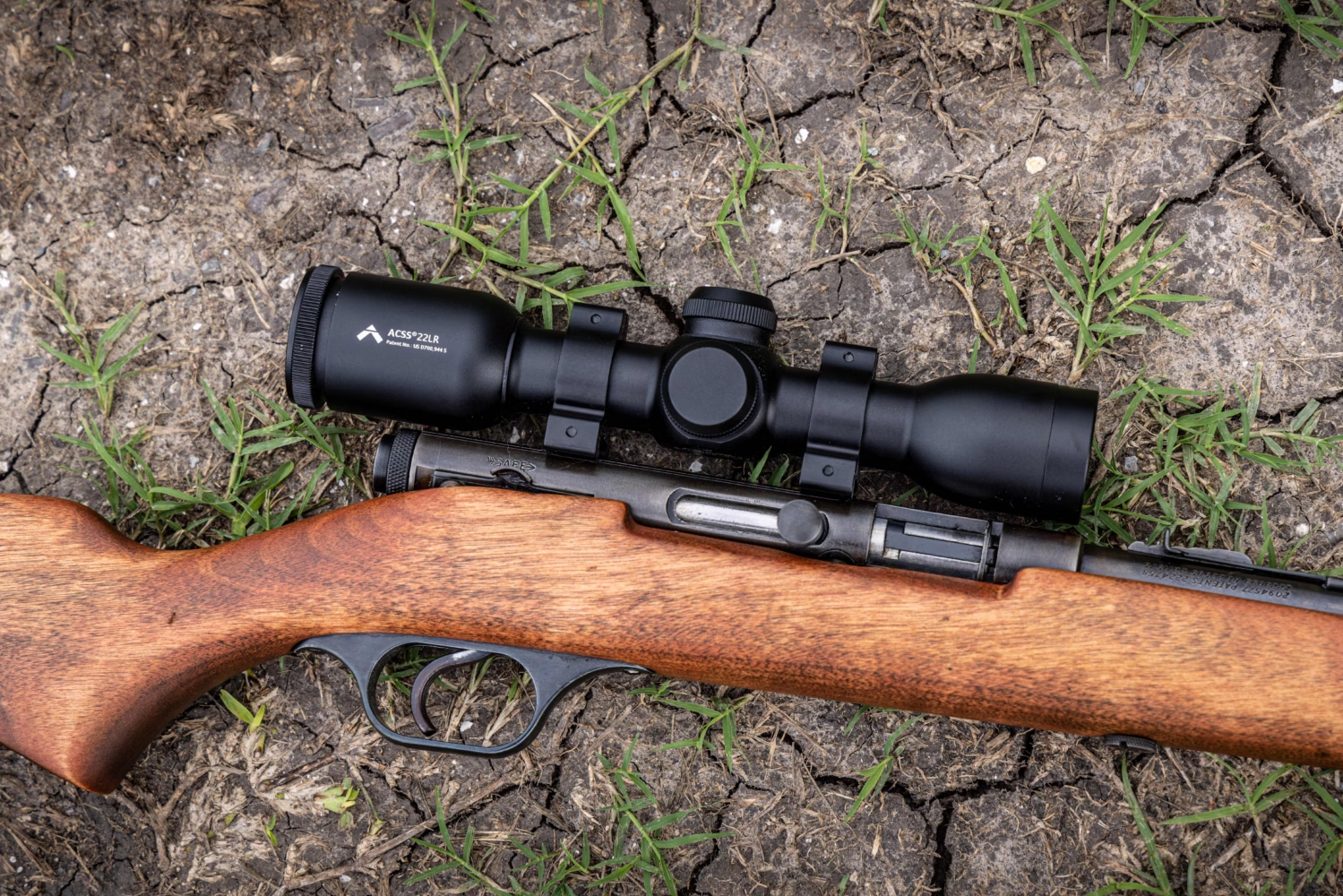
Understanding .22 Rifles
While .22s are common and relatively simple firearms, that doesn’t mean they aren’t subject to their fair share of misunderstandings.
The very first thing you need to know about .22s is that they are not all the same. .22 is a category, not a specific cartridge, and comprises everything from .22 Short to .22 Winchester Magnum. In some cases, these cartridges are interchangeable; in others, they are not, and attempting to use one cartridge in a firearm designed for another can be dangerous.
All of the cartridges we will be looking at are rimfire cartridges that share a common rimfire design, though, meaning that instead of a self-contained primer pressed into the center of the rear of the casing, they use a liquid primer which is dripped into the casing and detonated by striking the rim of the cartridge.
.22 Short is the smallest and most anemic round in this category. It’s relatively uncommon, but still may be found on gun store shelves, particularly in communities with a strong hunting culture.
.22 Long is, as the name would suggest, a slightly longer and more powerful version of essentially the same cartridge. While commonly confused with .22 Long Rifle, the two are not the same and are not always interchangeable.
.22 Long Rifle, often abbreviated to .22LR, is the most common rimfire .22 cartridge and contrary to the name is used for both rifles and pistols. The vast majority of .22 firearms are chambered in .22 Long Rifle and it has the most abundant selection of ammunition as well. It’s a rare gun or sporting goods store that doesn’t stock .22LR.
.22 Winchester Magnum Rifle, often simply called .22 Magnum or shortened to .22WMR, is a larger, more powerful .22 round intended to be able to harvest larger game than .22LR is capable of. It’s also a popular round for medium-range target practice since its high velocity creates a very flat ballistic drop profile.
In most cases, each of these rounds should only be used in a firearm designed specifically for it, but their dimensions are similar enough that some firearms can handle a variety of these cartridges. Certain bolt- and lever-action rifles, for instance, can chamber and cycle .22 Short, .22 Long, and .22 Long Rifle. The same is also true for many revolvers chambered in .22 LR.
However, most autoloading .22 rifles for sale are only compatible with .22LR and will not cycle reliably with any other cartridge. .22 Winchester Magnum firearms are not typically compatible with any other rimfire cartridge, but some revolvers offer conversion cylinders which allow for the use of the smaller .22 rounds.
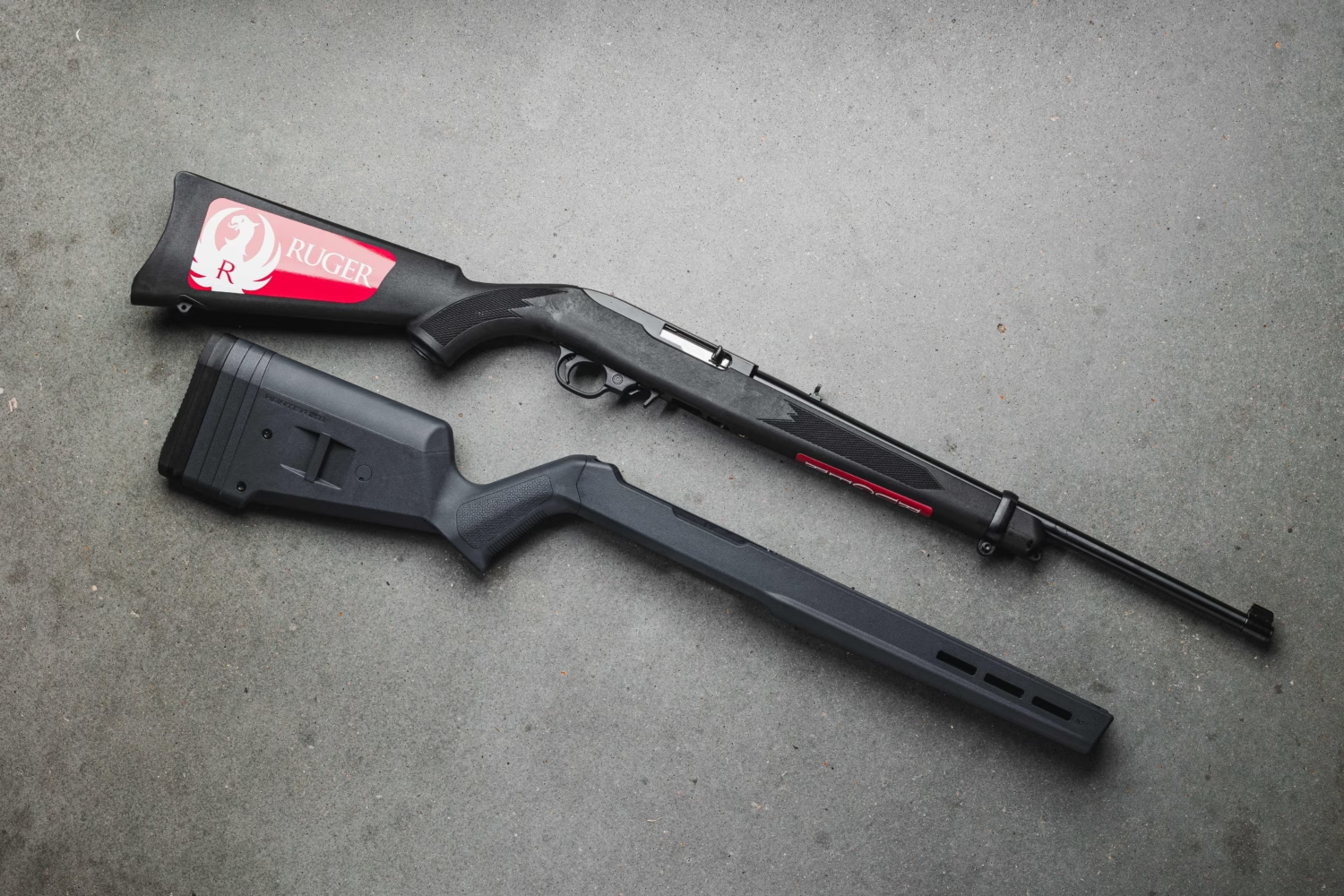
Features to Consider When Choosing a .22 Rifle
Because the capabilities and use cases for a .22 rifle are incredibly diverse, so too are the primary features buyers need to consider before selecting a rifle. Accuracy, for instance, will be of paramount importance for a hunting rifle or precision marksmanship trainer, but considerably less so for a plinking gun, so long as it is accurate enough to hit a soda can at a reasonable distance. Still, a few features will always stand out as important.
Chief among these is reliability. Rimfire guns are notorious for jamming and malfunctions, partially due to the inherent lower reliability of the ignition system. Nevertheless, it’s all too common for budget .22s to suffer one or more malfunctions per magazine, making range days a frustrating experience. As such, it’s generally recommended to stick to reliable designs and well-known brands rather than try to save a few dollars by opting for a budget model.
Durability is rarely a concern—.22LR generates relatively little wear for a firearm, so even guns made of materials that would be considered sub-par in a centerfire rifle can often last long enough to run through several times their value in ammo.
Aftermarket compatibility, though, is often a common priority for buyers. Tinkering with your rifle has become quite popular, and while many .22 rifles are served by a robust aftermarket, less common designs may have few, if any, upgraded parts to choose from.
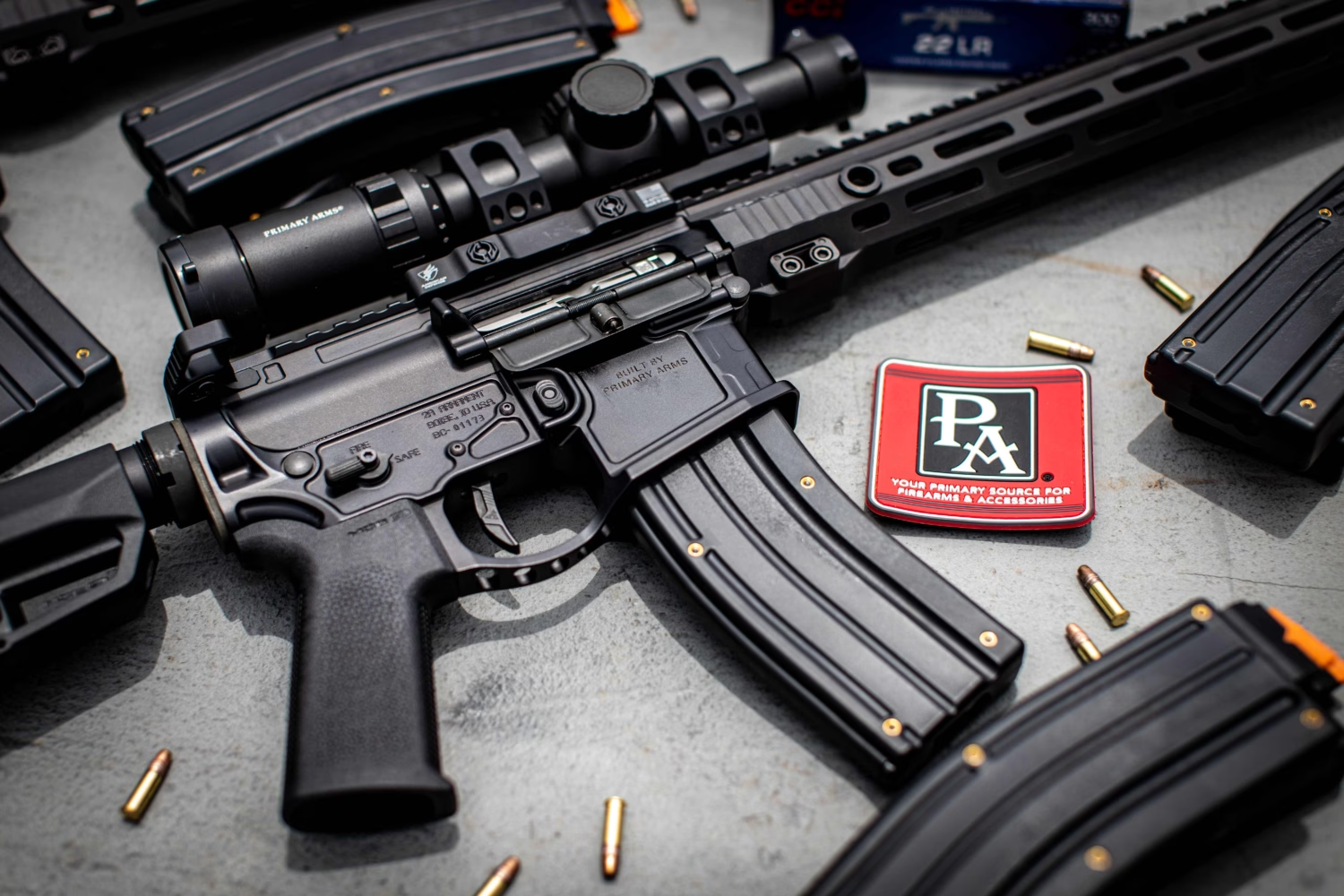
Best .22 Rifles
“Best” is always going to be a relative notion. The very finest .22LR hunting rifle is going to be a very poor platform for practicing with AR-15 controls and ergonomics. The use cases for a .22LR are simply too vast and varied for us to crown a single best rifle, but below we’ll take a look at some of the most popular models in their respective categories.
All-Purpose .22 Rifles
Without a doubt, the most popular all-around .22LR rifle is the Ruger 10/22. It’s one of the best-selling firearms of all time with over seven million sold.
The 10/22 is the quintessential .22 rifle. The standard model features a classic wood stock with a traditional aesthetic and a flush-sitting 10-round rotary magazine. The magazine is a key part of its popularity—getting a rimfire round like .22LR to feed reliably from a box magazine can be a tricky business, but Ruger’s rotary mag runs like a Swiss watch. Larger, equally reliable magazines are available but protrude from the rifle.
With sterling reliability, sufficient accuracy, and a truly massive amount of aftermarket support, this Ruger .22 rifle is as versatile as a single rifle can be.
.22 AR Trainers
One of the more popular uses for .22 cartridges is as a low-cost, low-recoil training platform for AR-15s and similar rifles. To this end, several manufacturers offer rifles that mimic the controls and ergonomics of the AR-15.
The most popular of these AR-15 imitators is the S&W M&P15-22. This featherweight trainer utilizes a polymer receiver set to minimize weight, making it an excellent AR .22 for training young or novice marksmen before stepping up to a full-size AR-15.
The M&P15-22 maintains compatibility with a large number of AR-15 parts, including stocks, grips, and triggers. The MLOK forend and full-length top Picatinny rail also allow you to mount your favorite AR-15 accessories, duplicating your centerfire set up almost perfectly. This makes the M&P15-22 an ideal platform for training.
While the aftermarket for the M&P15-22 can’t rival the 10/22, it’s still robust enough to offer options to anyone looking to replace the proprietary parts of the system, such as the safety.
Lever Action .22 Rifles
Lever-action .22 rifles are popular for both hunting and plinking, and make an excellent platform for training with iron sights or for cowboy-style competitions. The sheer fun factor of working the lever between shots and the challenge of maintaining speed and accuracy with a manually operated system make lever-action rifles a perennial favorite for range use.
Amongst lever-action .22s, the Henry Golden Boy is the most prevalent. An iconic piece of classic Americana, the Golden Boy is available in either .22LR or .22 Magnum, with the former capable of utilizing .22 Short and .22 Long as well. The polished brass receiver and hexagonal barrel offer a striking, unique appearance that’s immediately identifiable as a Henry.
While centerfire lever-actions often load through a gate in the receiver, rimfire guns like the Golden Boy utilize a different loading method that allows cartridges to be dropped into the tubular magazine via a slot in the magazine itself. This friction-free loading method is easy on the thumbs and quite fast, so you’ll spend less time reloading and more time practicing.
Precision .22 Rifles
One of the less common—although far from unheard of—use cases for a .22 rifle is as a training rifle for precision long-range marksmanship. While .22 is far too underpowered to ever be used at anything seriously considered long-range, its parabolic drop profile at medium distances and susceptibility to wind drift make it an excellent training tool.
These attributes exaggerate the challenge of training at medium distances, allowing users to derive a similar difficulty from a 200-yard range as a centerfire rifle would from a range two or three times the distance. The low cost of the cartridge also lends itself well to high-round-count training.
For a precision .22 build, the Ruger Precision Rimfire is among the most popular. A scaled-down version of their Precision Rifle, the Precision Rimfire is a bolt-action tack driver nestled in a highly adjustable chassis. Both the length of pull and cheek riser are adjustable and the stock is railed on the underside to allow the attachment of a rear monopod or bag rider.
With a match trigger and MLOK forend ready for a bipod, the Precision Rimfire is an out-of-the-box solution for those looking for an inexpensive precision trainer. It’s even compatible with 10/22 magazines, making it the perfect complement for those already equipped with a 10/22.
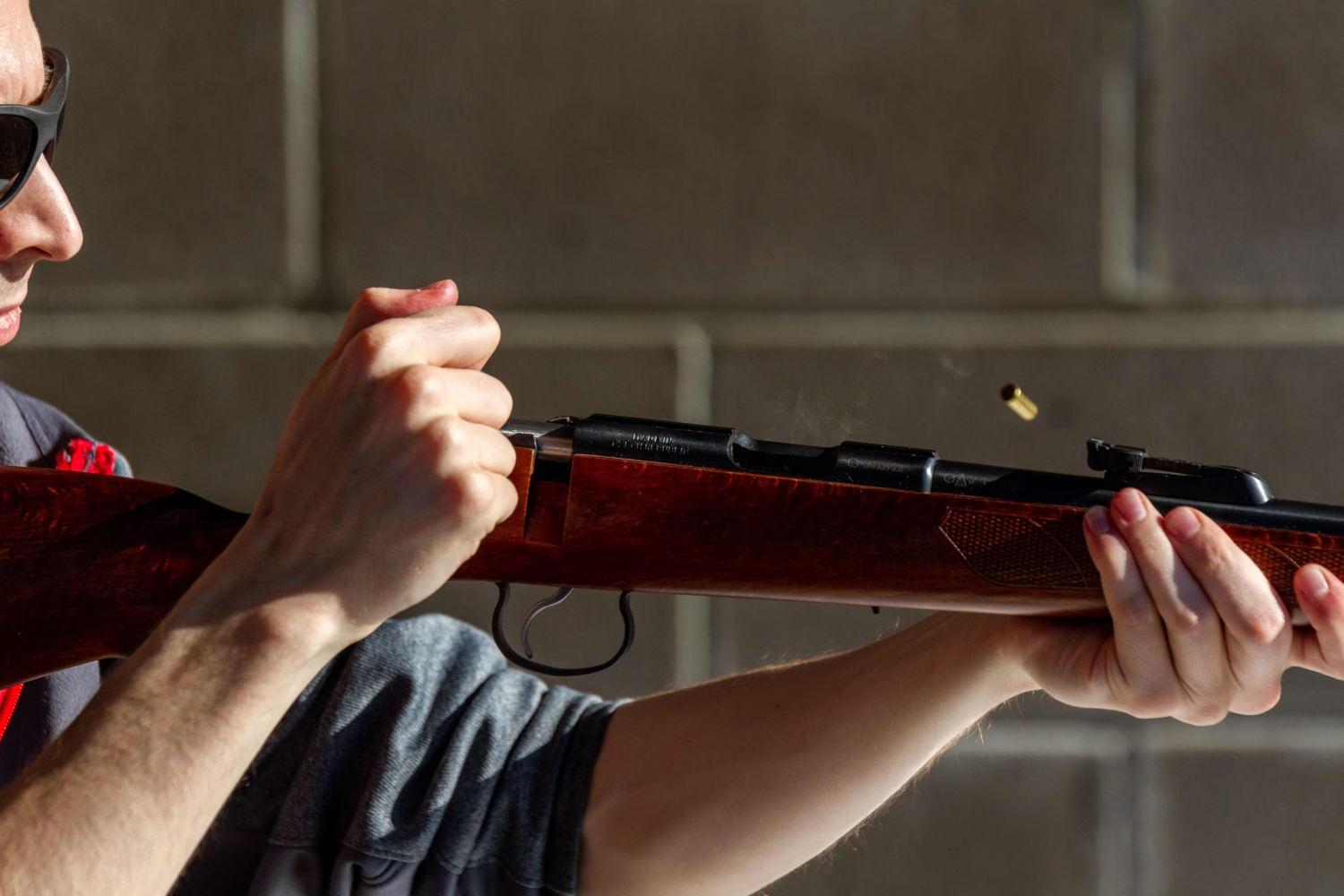
Conclusion
While .22 rifles may lack the power and capability of a centerfire cartridge, their versatility and affordability ensure them a place in every collection. There’s no more cost-effective way to kill time at the range, and with a well-chosen .22 rifle, training can be both effective and cheap. Simply match your needs to the rifle, pick from among the offerings from reputable manufacturers, and get started training.


